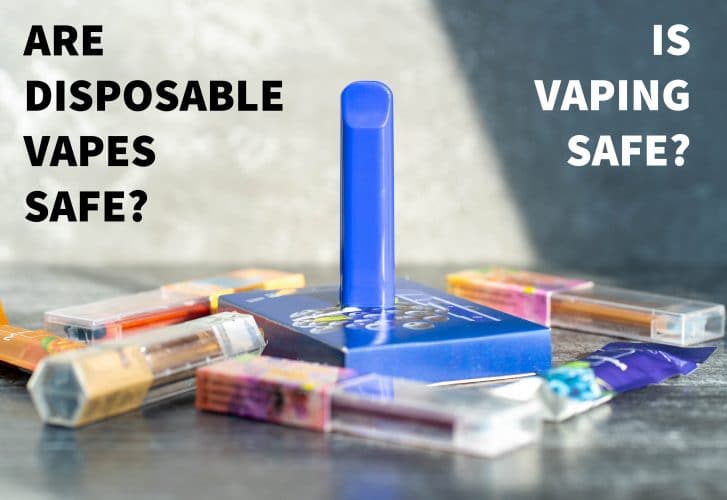
In recent years, the rise of Cake Disposables Vaps has sparked a flurry of discussions and debates across the globe. The phenomenon, which involves inhaling vaporized liquids through electronic devices, has garnered attention for its potential to serve as a harm-reduction tool for smokers looking to quit traditional cigarettes, as well as concerns about its appeal to youth and potential health risks.
Proponents of vaping argue that it offers an alternative to traditional smoking, potentially helping long-term smokers transition away from the known hazards associated with combustible tobacco products. The process involves heating a liquid solution that typically contains nicotine, flavorings, and other compounds, producing a vapor that is then inhaled by the user. This vapor lacks many of the harmful substances found in cigarette smoke, such as tar and carbon monoxide.
As a result, some public health experts and organizations have cautiously embraced vaping as a harm-reduction strategy for those struggling to quit smoking.While vaping is generally considered less harmful than smoking, it’s important to note that it is not without risks, as some studies suggest potential links to lung issues and cardiovascular problems.As the popularity of vaping continues to grow, it’s crucial to delve into the intricacies of this trend, exploring both its positive aspects and the challenges it presents.
However, the rise of vaping has not been without its controversies. One of the primary concerns is the allure it presents to young people, who may be enticed by the appealing flavors and sleek devices. Critics argue that the marketing tactics employed by some vaping companies glamorize the act and may inadvertently introduce non-smokers, especially teenagers, to nicotine addiction. The surge in popularity of e-cigarettes has also raised questions about the long-term health effects of inhaling vaporized substances.
In response to these concerns, governments and health organizations around the world have implemented a range of regulations to monitor and control the vaping industry. These measures include restricting the sale of vaping products to minors, imposing labeling requirements, and even considering bans on certain flavors that might appeal to youth. By striking a balance between supporting smokers who want to quit while safeguarding young people from potential harm, policymakers aim to harness the potential benefits of vaping while mitigating its risks.